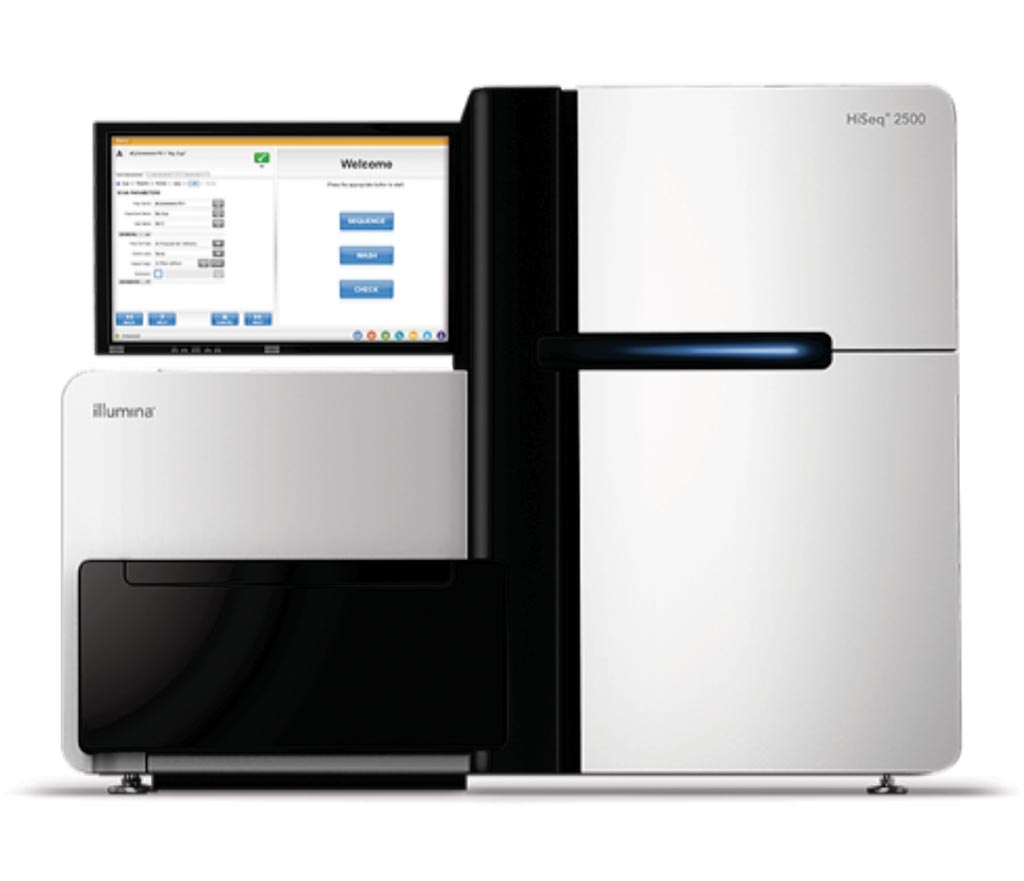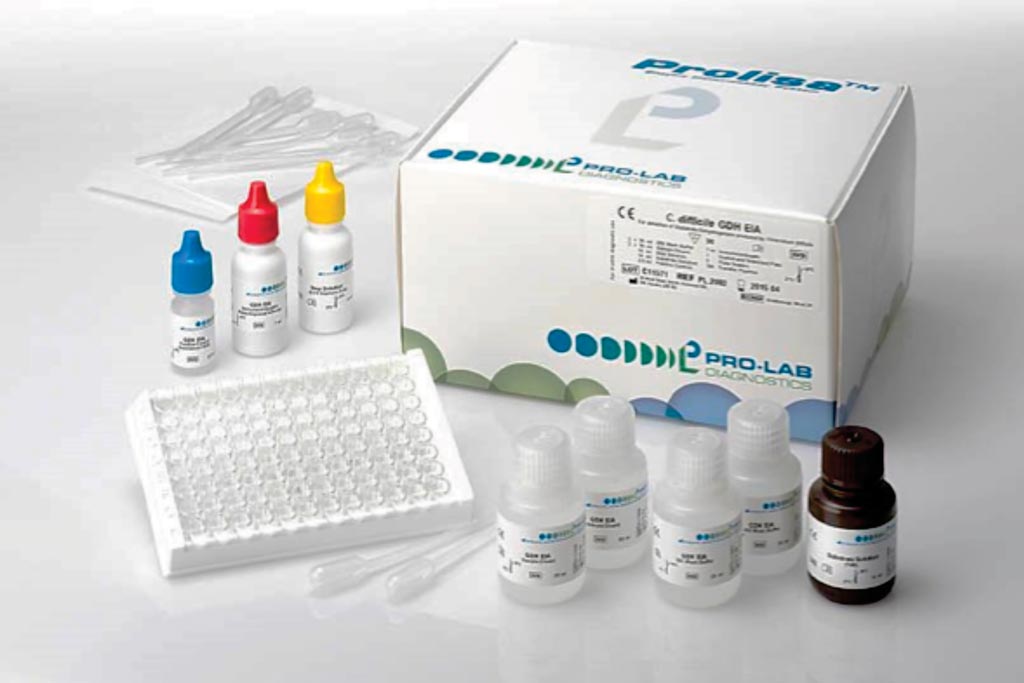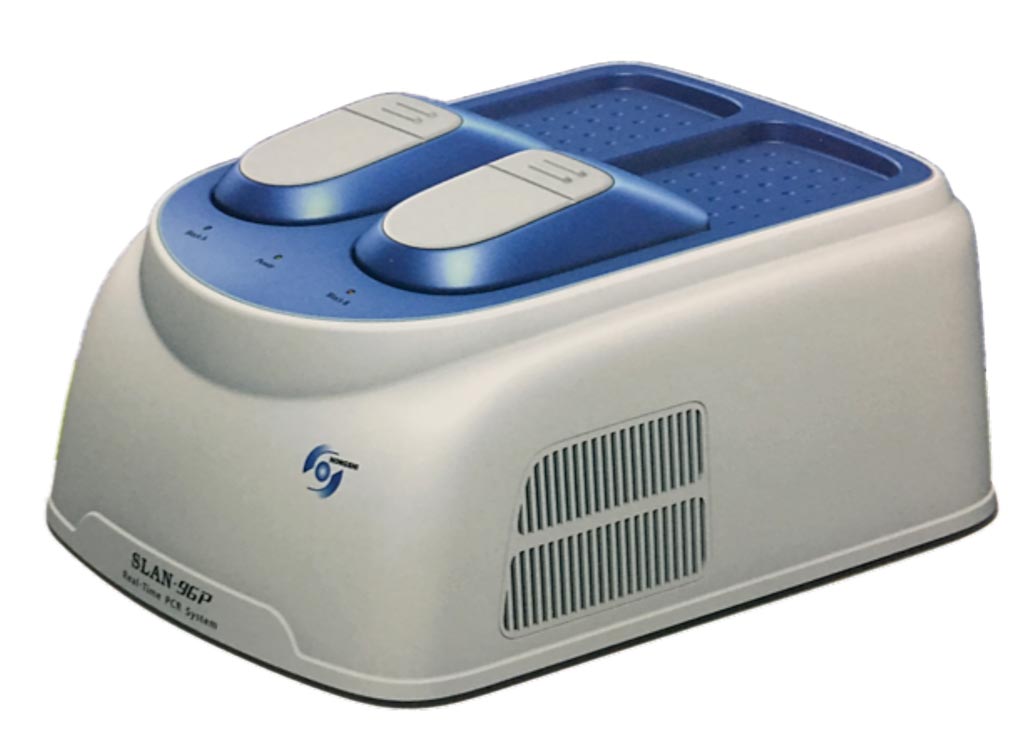Microbiology

Clinical Metagenomic Sequencing Improves Diagnosis of Neurological Infections
Metagenomic next-generation sequencing (NGS) is a promising approach for the diagnosis of infectious disease because a comprehensive spectrum of potential causes, viral, bacterial, fungal, and parasitic, can be identified by a single assay. More...26 Jun 2019
Cholera Diagnosed from Dried Spotted Filter Paper
Cholera outbreaks can rapidly induce high death tolls by overwhelming the capacity of health facilities, especially in remote areas or areas of civil unrest. Global estimates for cholera annually approximate four million cases worldwide with 95,000 deaths. More...20 Jun 2019

NA Amplification Tests for Clostridium Diagnosis Reviewed
Clostridioides (Clostridium) difficile infection (CDI) is the leading cause of health care-associated infections in the USA. It accounts for 15% to 25% of health care-associated diarrhea cases in all health care settings, with 453,000 documented cases of CDI and 29,000 deaths in the USA in 2015. More...19 Jun 2019

Rapid Tests Assessed for Chronic Chagas Disease
Chagas disease (CD) is a parasitic disease that can affect seriously the health status of affected individuals. People with CD, mainly living in remote areas of Latin America, often face major barriers to the disease recognition, diagnosis and treatment. In the U.S., there are estimated to be at least 300,000 cases of chronic Chagas disease among people originally from countries of Latin America where Chagas disease is endemic. More...18 Jun 2019

Unhealthy Gut Promotes Spread of Breast Cancer
Most breast cancers, 65% or more, are hormone receptor positive. That means their growth is fueled by a hormone, either estrogen or progesterone. The good news is that these types of cancers are likely to respond well to hormone therapy. More...18 Jun 2019
Rare Gut Bacteria Linked to Restless Legs Syndrome
One common sleep disorder in which the microbiome may play a role is restless legs syndrome (RLS). While the pathogenesis of RLS is not fully understood, a relative state of brain iron deficiency has been described in patients with RLS and appears to induce changes in several pathways known to be involved in the disease. More...18 Jun 2019

In Other News
Invasive Pulmonary Aspergillosis Diagnosed by Molecular Test
Automated Hematology Analyzer Assessed for Malaria Diagnosis
Airway Microbiome Altered in Severe Asthma Linked to Neutrophils
FDA Clears CT/NG Assays for Extragenital Testing
Oral Bacteria Found in Cerebral Emboli of Stroke Patients
Rapid Assay Detects Pyrazinamide-Resistant Tuberculosis
Simple and Inexpensive Ebola Virus Disease Test Developed
LAMP Malaria Test Detects Less-Diagnosed Species
Bronchoalveolar Lavage Explored for TB Diagnosis
Serum HBV RNA Quantification Monitors Chronic Hepatitis B Infection
Oral HPV-DNA Persists after Oropharyngeal Cancer Treatment
Sequencing Shows Promise for Diagnosing Prosthetic Joint Infections
Rapid Test for Chlamydia Antigen Antibodies Optimized
Diagnostic Methods Compared for Human Granulocytic Anaplasmosis
Certain Bacteria Strains Associated with Diabetic Wounds
Human Microbiome Features Stratify Children with IBS
Biochip Assay Rapidly Detects Mycobacterial Isolates
Multiplex Assay Detects Pathogens in NF Patients
Recombinant Capture Molecule Used for Viral Disease Diagnosis
TB Interferon-Gamma Release Assay Assessed in Children
New Test May Replace ELISA for Detecting Antibodies
Fecal Microbes Used to Diagnose Liver Cirrhosis
Myoglobin Gene Mutation Causes New Muscle Disease
The LabMedica Microbiology channel provides the latest news in the fields of epidemiology, bacteriology, virology, and parasitology, all viewed from the unique perspective of Laboratory Medicine.




 assay.jpg)



 Analyzer.jpg)
